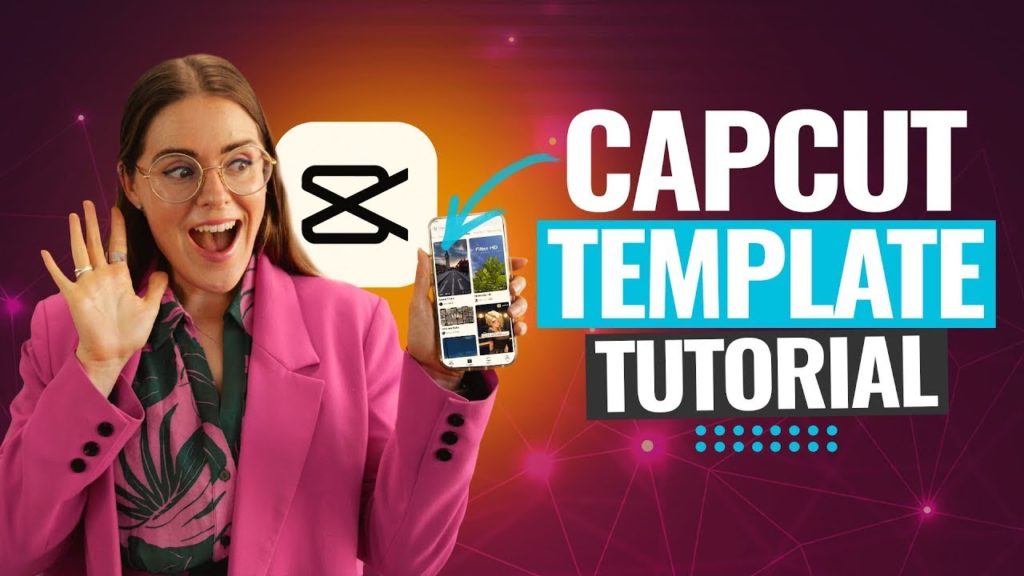LumaFusion tutorial for beginners! Learn how to edit videos on iPhone, iPad & Android using this awesome video editing app.
Important: When available, we use affiliate links and may earn a commission!
Below is an AI-assisted summary of the key points and ideas covered in the video. For more detail, make sure to check out the full time stamped video above!
LumaFusion Tutorial For Beginners
Master the art of mobile video editing with this comprehensive LumaFusion tutorial, designed for both beginners and experienced creators. LumaFusion has long been a top choice for iOS video editing, and now it’s available on Android and desktops too! This powerful app allows for complete offline edits, making it perfect for creators on the go or those with limited internet access.
This tutorial will guide you through the process of creating professional-looking videos right from your iPhone, iPad, or Android device.
Getting Started with LumaFusion
First, open LumaFusion. The interface is similar across iOS and Android devices, with slight variations depending on your screen size. You can use the touchscreen, a keyboard and trackpad, or an Apple Pencil for editing.
To start a new project, click the plus sign in the bottom left corner and create a new project. You can name your project and drag your first clip to the timeline. LumaFusion will automatically use the clip settings to create the project.
Understanding the LumaFusion Interface
The LumaFusion interface is user-friendly and customizable. Here are the main components:
- Import Area: Located in the top left corner, this is where you import your video footage, audio files, and other media.
- Playback Window: This is your preview area for edits, located at the top of the screen.
- Timeline: The main timeline is at the bottom, where you arrange your clips and audio.
- Menus, Tools, and Settings: Access various editing tools, menus, and settings at the bottom of the screen.
You can change the layout of the interface by clicking the layout icon in the bottom right corner. Experiment with different preset layouts or resize elements to suit your preferences.
Editing Your Video in LumaFusion
Before you start editing, check the settings in the bottom right corner to ensure they’re correct. You can customize frame rates, aspect ratio, and color space.
Trimming and Arranging Clips:
- Identify the Starting Point: Use the visual representation of the audio wave to identify where you want your video to start.
- Trim the Beginning: Drag the white arrow across the clip to trim off the unwanted portion.
- Adjust the Clip Size: Double-pinch on the screen to zoom in or out of the timeline and adjust the clip size.
- Remove Unwanted Sections: Use the scissors tool or two-finger tap to cut the clip and remove unwanted sections.
- Rearrange Clips: Tap, hold, and drag clips to rearrange them on the timeline.
Adding B-roll and Overlay Footage:
- Import B-roll: Go to the import area and select your B-roll footage.
- Trim B-roll Clips: Use the mini timeline to specify start and end points for your B-roll clips.
- Drag and Drop: Drag your B-roll clips to the timeline and place them on a layer above your main footage.
- Mute B-roll Audio: Use the track controls to mute the audio on your B-roll layer.
Adding Titles and Text:
- Add a Title: Click the plus icon at the bottom of the screen and choose “Add Main Title.”
- Customize the Title: Double-tap on the title clip to open the effects editor and customize the text, font, color, and shadow.
- Adjust Position and Duration: Drag the title to the desired position on the timeline and adjust the in and out points to control its duration.
Adding Transitions and Effects:
- Select Transitions: Go to the top left corner and choose “Transitions.”
- Apply Transitions: Drag and drop transitions between clips on the timeline.
- Adjust Transition Duration: Select the transition in the timeline and drag the arrows to adjust its duration.
- Add Zoom Effects: Double-tap on a clip, go to “Size and Position,” and scale up the clip to create a zoom effect.
Adjusting Audio Levels:
- Set Primary Audio: Ensure your primary audio track is set to the correct level.
- Adjust Music Volume: Use the volume slider to adjust the volume of your music track.
- Mute Unnecessary Audio: Mute any unnecessary audio tracks, such as B-roll audio.
- Monitor Audio Levels: Play your video and monitor the audio bars to ensure the levels are not too loud or too quiet.
- Use Audio Ducking: Enable audio ducking to automatically lower the music volume when there’s spoken audio.
Color Correction:
- Open Color and Effects: Double-tap on a clip and go to the “Color and Effects” area.
- Use Presets or Manual Adjustments: Choose from various presets or manually adjust brightness, colors, saturation, contrast, and levels.
- Save Color Presets: Save your custom color adjustments as presets for future use.
- Apply Color to Multiple Clips: Use the multi-select tool or clipboard to copy and paste color effects to multiple clips.
Exporting Your Video
Once you’ve finished editing, it’s time to export your video.
- Click the Share Button: Click the share button at the bottom of the screen.
- Choose Export Destination: Choose to save the video to your device, YouTube, Vimeo, or another destination.
- Adjust Export Settings: Review and adjust export settings such as resolution, frame rate, and bit rate.
- Render and Preview: Click the share button to render your video. Once it’s done, play it back to ensure everything looks and sounds good.
LumaFusion offers fast rendering times, allowing you to quickly export your videos and share them with the world.
Conclusion
LumaFusion is a powerful and versatile video editing app that allows you to create professional-looking videos on your iPhone, iPad, or Android device. With its user-friendly interface, extensive features, and offline editing capabilities, LumaFusion is an excellent choice for both beginner and experienced video creators. By following the steps outlined in this tutorial, you can confidently edit your videos and share your stories with the world.
Related Tools and Resources
- LumaFusion iOS
- LumaFusion Android
- Free PDF download: Our Step-by-Step Video Editing Process
- Learn more from Sarb










